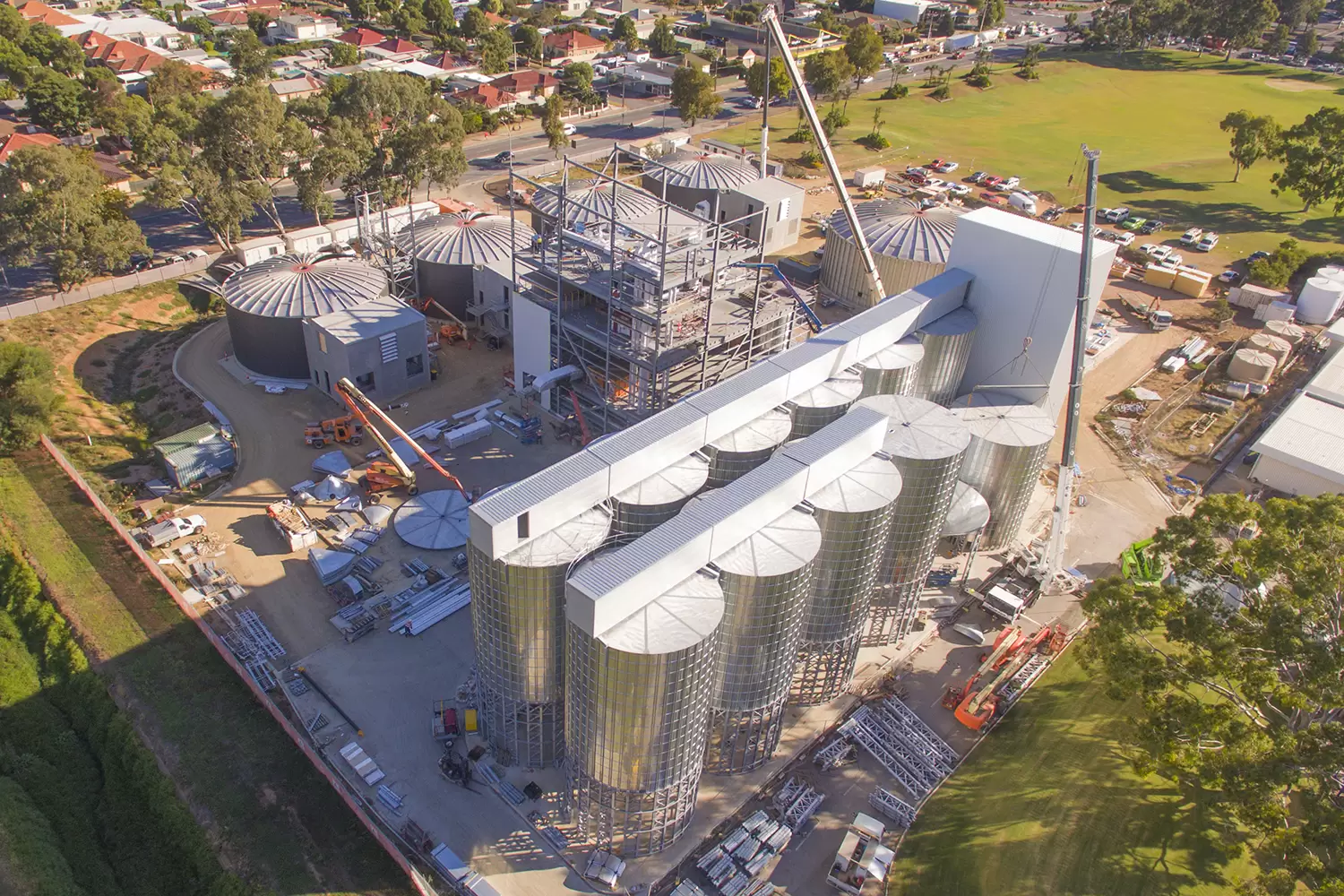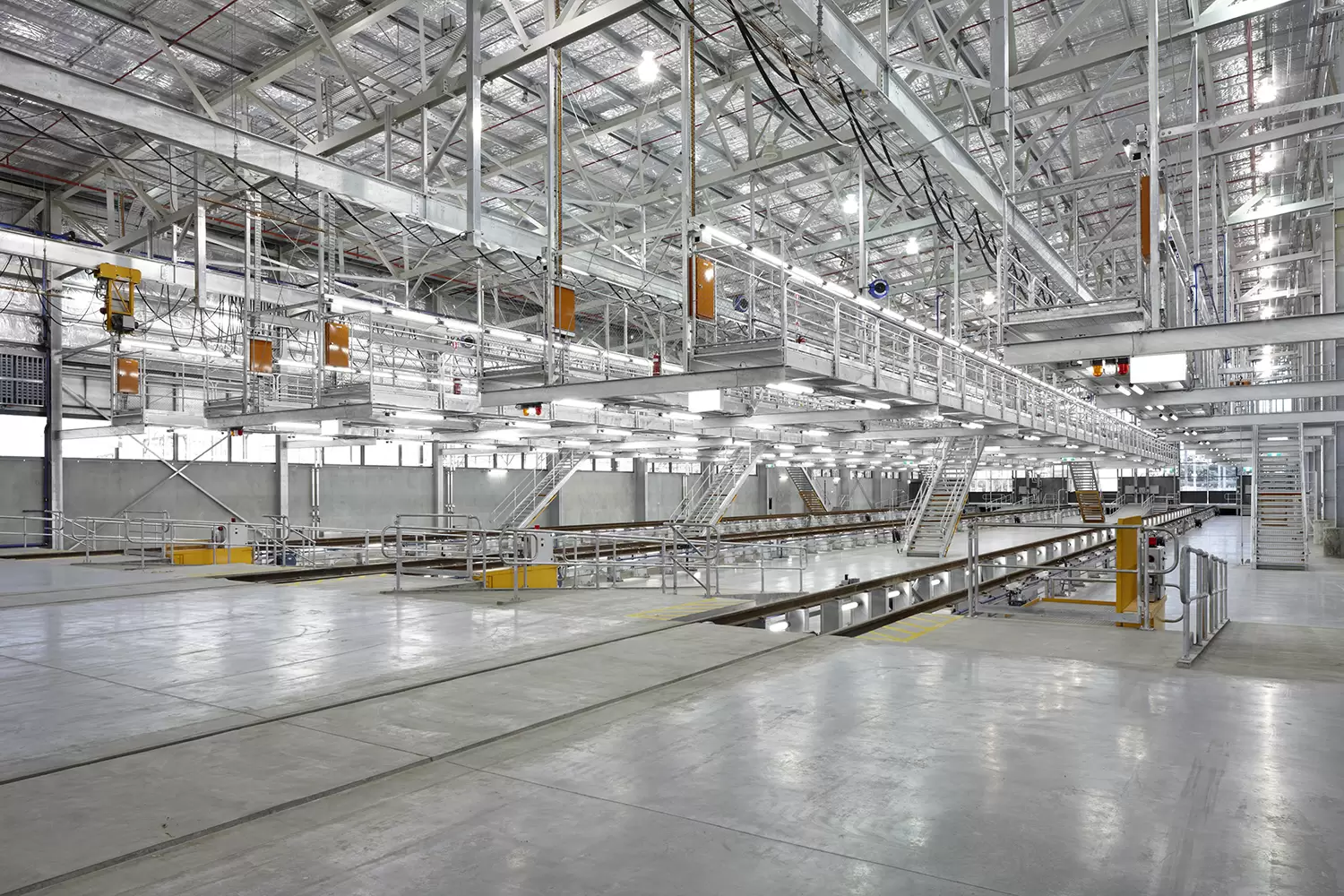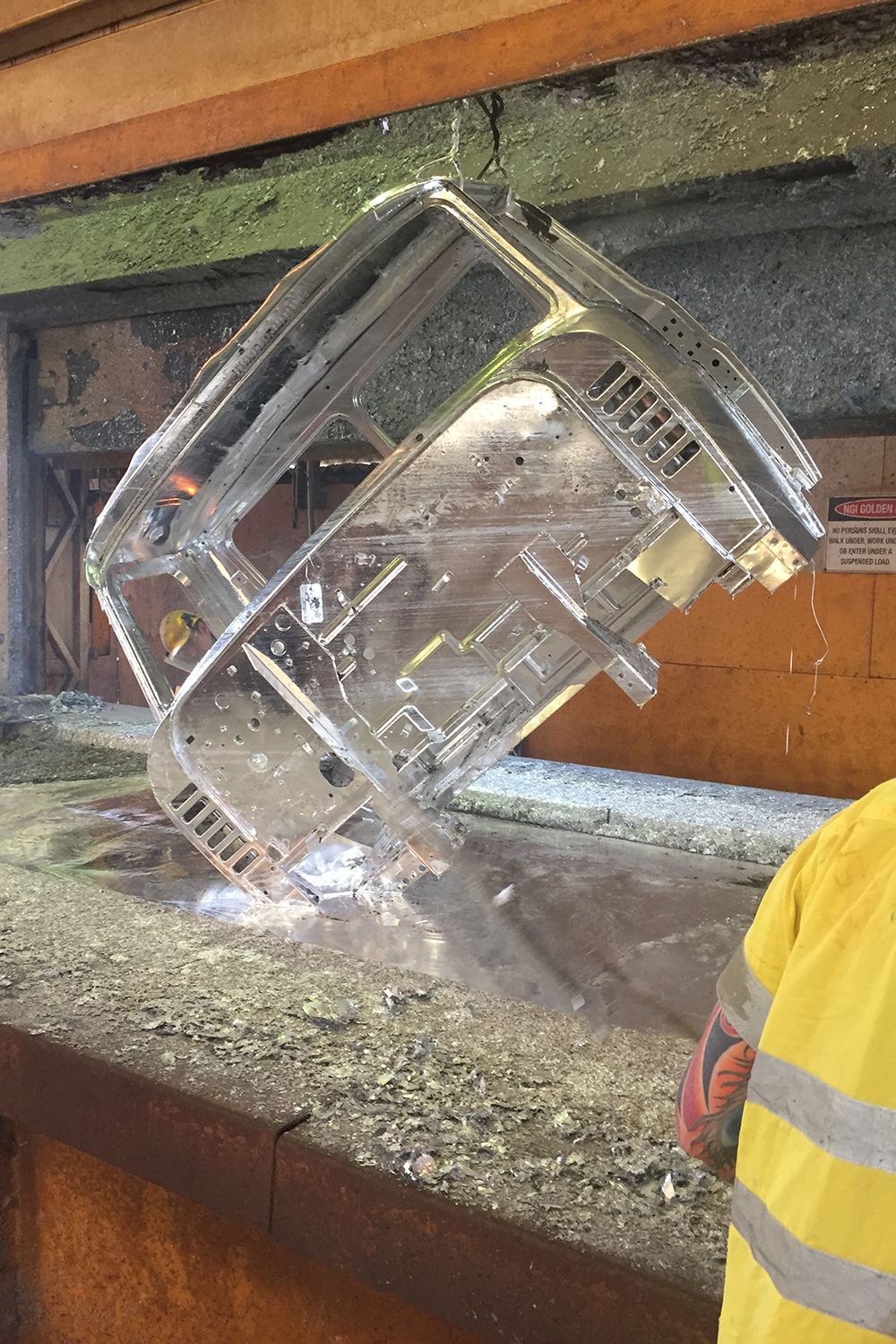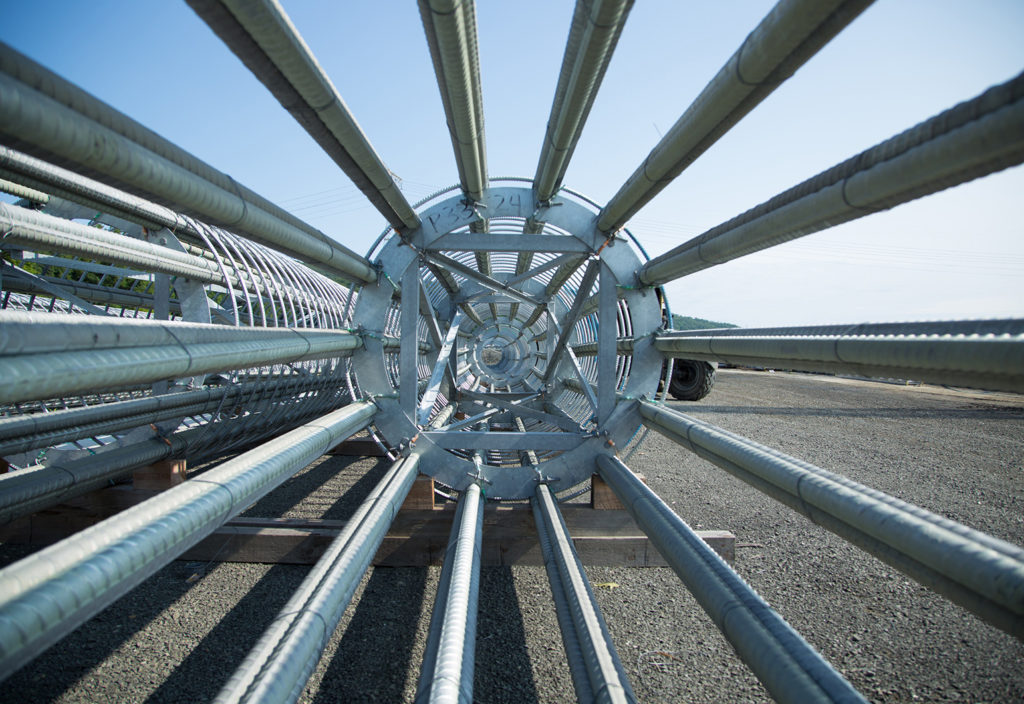Building materials are coming into focus as the foundation of any commitment to a sustainable construction project.
When it comes to sustainability, designers and engineers need to consider a broad range of issues over the life of a project. While sustainability is often viewed in terms of energy consumption to emissions outputs, one organisation argues that the industry needs to put the spotlight on durability and recyclability of materials.
The Galvanizers Association of Australia (GAA) recently published an independently verified Environmental Product Declaration (EPD) looking at the impact of a hot dip galvanized coating as corrosion protection of steel products.
It found that Australian steel that is hot dip galvanized after fabrication — such as hot-rolled structural steel sections, steel plate and hollow structural steel sections — substantially prolongs the life of not only steel, but the capital investments it supports.
“One of the major things that makes steel so sustainable is its ability to be recycled 100 per cent,” said Ann Sheehan, Corrosion and Sustainability Officer at GAA.
“This means that you don’t have to keep mining the resources, which obviously has a significant impact on the environmental footprint of any project.”
Sheehan added that due to steel’s high tensile strength, less of it needs to be used to create larger structures.
“Increasingly, we’re seeing that galvanized steel, with its fast turnaround time. is the material of choice, and not only because it is highly durable,” she said.
“The sustainability of zinc is also becoming a factor, as it is also able to be totally recycled and reused in other ways, such as in fertilizers as zinc is one of the major minerals that helps to sustain plant and animal life.”


Full circle
Material corrosion is a major concern, and several studies have found the cost of corrosion to be up to 4 per cent of gross domestic product. The durability of steel structures and components means that it has tangible economic advantages over other materials.
“Zinc will sacrifice itself for steel,” Sheehan added.
“It corrodes preferentially and prolongs the life of steel. In coastal environments, where most Australians live, steel corrodes at 25 to 50 microns per year, whereas zinc corrodes at 0.7 to 2.1 microns per year, making zinc more than 10 times more effective.”

Sheehan noted that Australia’s two large zinc refineries, who supply the majority of the zinc used in Australia’s galvanizing plants, have invested heavily in renewable energy sources.
“Most of the electricity used at the Nyrstar smelter in Hobart is generated from the state’s hydroelectric sources, while the Sun Metals refinery in Townsville invested in one of the country’s largest solar farms next to its plant to slash its reliance on fossil fuel power,” she said.
Indeed, the galvanizing process itself works in a circular economy. Byproducts of the hot dip galvanizing process, such as zinc dross and zinc ash or acids, are recycled, while process consumables such as hydrochloric acid and flux solutions are used to produce ferric chloride for the treatment of urban wastewater.
“The sustainability case for steel is becoming easier to quantify,” Sheehan said.
“For sustainability managers like myself, the industry’s increasing attention to recyclable and durable construction materials is long overdue.”
Interested in learning more about the sustainability of hot dip galvanizing?
